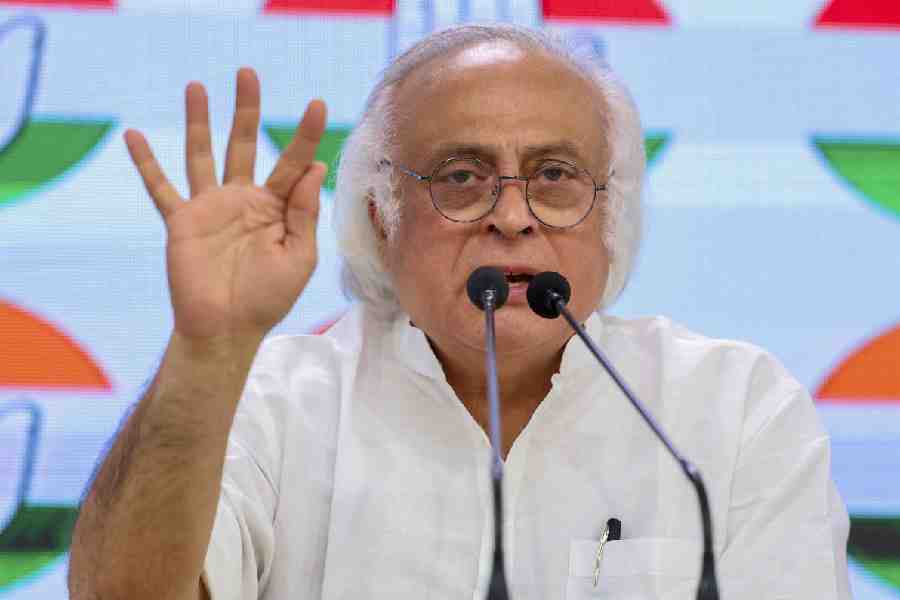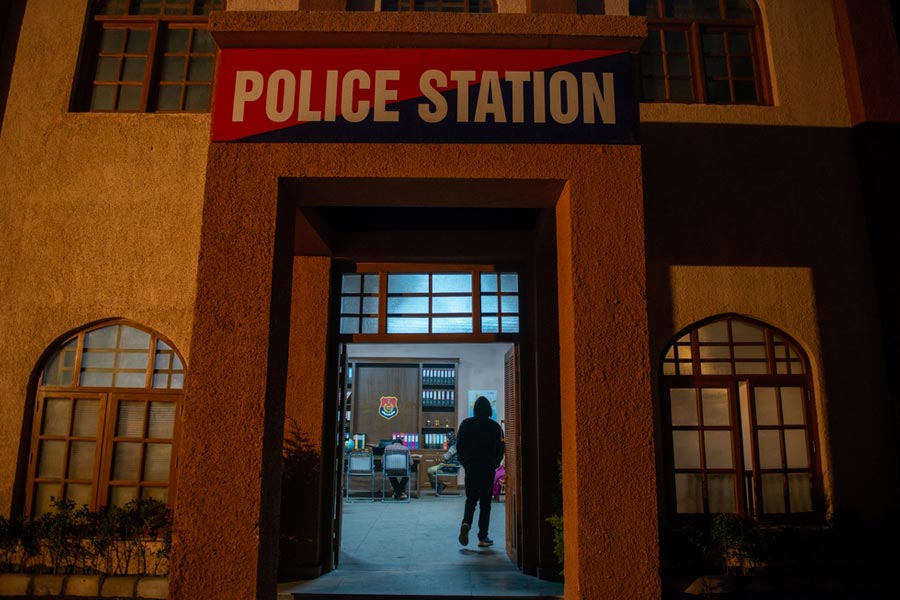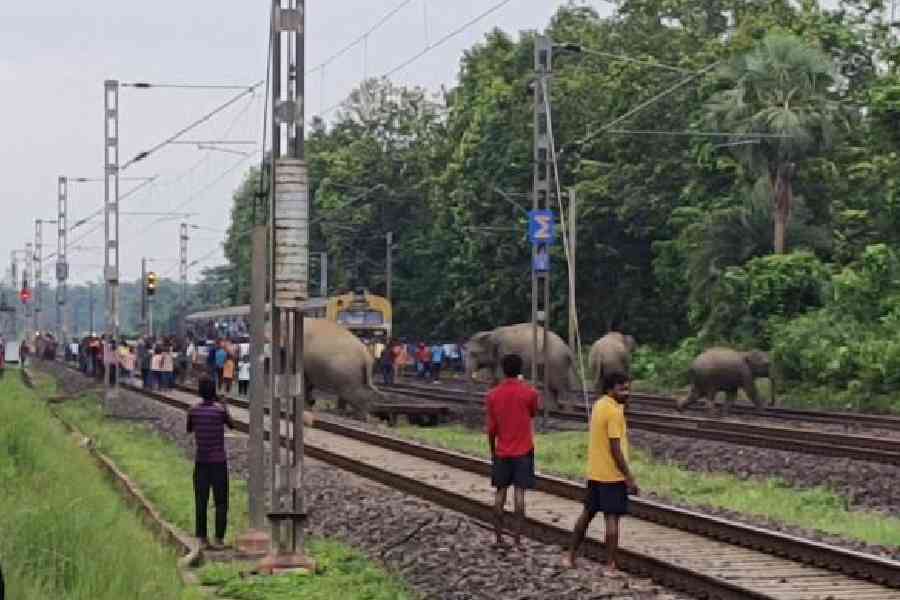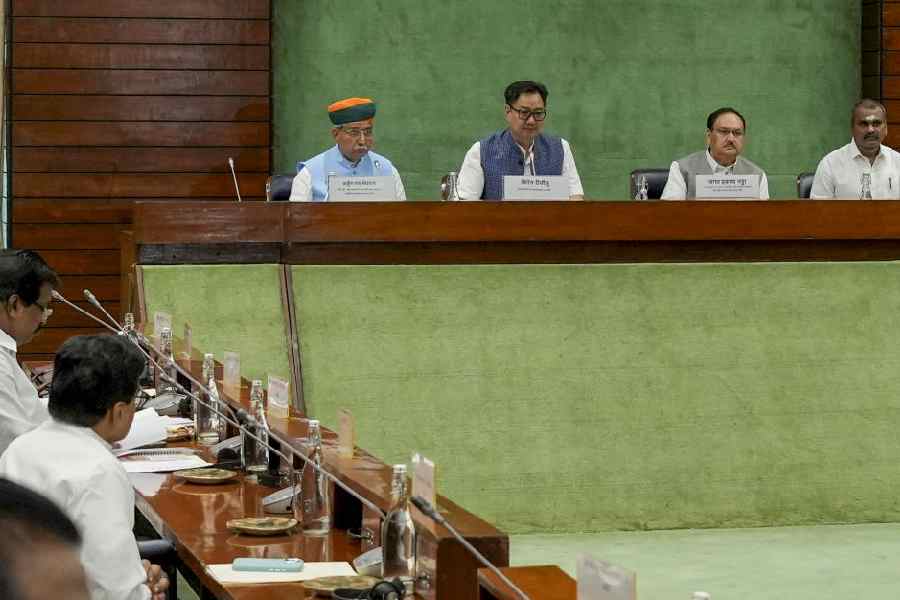 |
Bhubaneswar, April 17: The capital has the lowest sex ratio among the 10 cities in the state with a population of more than one lakh, says the 2011 census.
Bhubaneswar, which was made the capital on April 13, 1948, has 882 female per 1,000 male, according to the last headcount. This, despite campaigns to eliminate gender disparities.
Surprisingly, cities such as Cuttack and Puri fare better than Bhubaneswar in terms of sex ratio. The state has 10 cities including Cuttack and Bhubaneswar that have a population of more than one lakh. The other cities in this bracket are Berhampur, Sambalpur, Rourkela, Rourkela Industrial Township, Baripada, Balasore, Puri, and Bhadrak.
While Cuttack, Bhubaneswar and Berhampur are run by municipal corporations, others, barring Rourkela Industrial Township, are administered by municipalities. While eight of these 10 cities have a ratio of more than 900 female per 1,000 male, it is 885 in the case of Rourkela Municipality area. According to the last census, Cuttack has 997 female per 1,000 male while it is 960 in case of Balasore. Surprisingly, Bhubaneswar is at the bottom of the list in terms of male-female ratio despite boasting of a literacy rate of 93.15 per cent, the highest among the 10 cities.
Another area of concern is that the child sex ratio of the city has decreased over the last decade. The sex ratio of the city in the age group 0-6 years have decreased to 902 from 912 in 2001 census. Balasore recorded the highest child sex ratio with 955 female children per 1,000 male children.
Women activists in the city blame it on the poor enforcement of Pre-Conception and Pre-Natal Diagnostic Techniques (PC & PNDT) Act, 1994. “With modern facilities available for sex determination in the city, it has become rampant. The government must conduct regular raids on the private clinics and diagnostic centres,” said a city-based woman activist.
At the beginning of this year, a team from National Inspection and Monitoring Committee (NIMC) had visited the capital city and sealed five of the six clinics they visited in Bhubaneswar and Nayagarh.
Sociologists held the lack of social awareness and patriarch culture responsible for the low sex ratio. “Education is associated with economic freedom. But culturally, our society is indifferent towards the female. With cost of living in a city like Bhubaneswar increasing with each passing day, parents are not interested in girls thinking they are a burden for the family,” said Rita Ray, a sociologist.
Chairperson of the State Commission for Women Jyoti Panigrahi expressed concern over the low sex ratio in Bhubaneswar. “Despite a number of measures being taken, the sex ratio has been on a lower side. The conviction process for offences under PC & PNDT Act should be expedited. Provisions should be made to take stringent action against the parents who opt for the test and the doctors who conduct it,” said Panigrahi.
However sources in the women and child development department said they were yet to receive the report. “Though we have received the district-wise figures, we have nor received detailed reports on cities of the state. Once we receive it, an analysis will be done,” said a senior official of the department.










